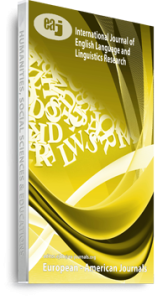This paper discusses the process of word formation with reference to the types and functions of reduplication in one of the dialects of Hausa which is spoken in Kano, Nigeria. The study investigated the interaction of syllable structures and syllable weight of Hausa, showing the phonological interactions that occur within the morphological process of reduplication using Optimality Theory (OT). The OT analysis demonstrates that syllable structure and weight are important in selecting the optimal reduplication candidate. Specifically, structures like CVCC are not permitted in the reduplicant because they are not permissible forms in Hausa syllable structures. Additionally, the analysis reveals that in total reduplication, the reduplicant is usually a disyllabic foot, whereas in partial reduplication, it is a monosyllabic foot. These findings may shed light on a new facet of OT and its role of interpreting reduplication in Hausa. Hence, this study offers a new window to phonologists who are interested in OT and to explore further issues of Hausa in light of OT.
Keywords: Hausa, Optimality Theory (OT), foot, reduplication, syllable structure, syllable weight

